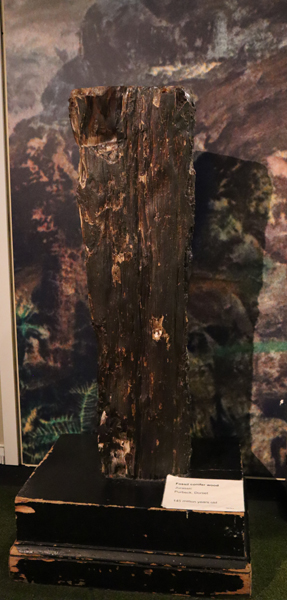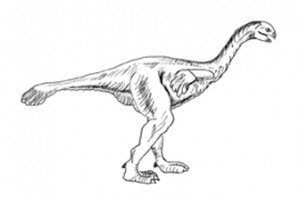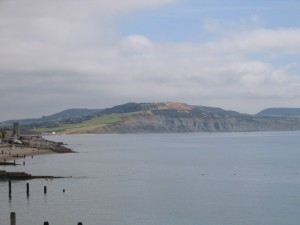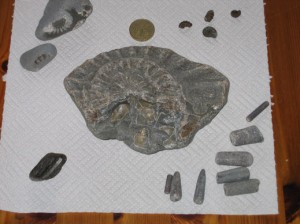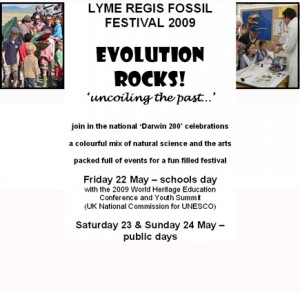Launch of the Everything Dinosaur – Dino Hunt Service!
The Launch of Dino Hunt – find your favourite Dinosaurs
The team at Everything Dinosaur get sent e-mails from teachers, parents, children, collectors all sorts of people asking all sorts of questions about dinosaurs and other prehistoric animals. We respond to everyone and we try to provide the answers. This can be a bit of a challenge, but fortunately, our dinosaur experts have been up to the test – well at least so far.
We also get e-mails asking us for advice. Often a parent, grandparent, relative or dinosaur enthusiast is looking for a particular item or model. It can be difficult to find exactly what you are looking for, in many cases enquirers are unsure of the spelling of the animals name, or whether the item even exists. This can be a problem and looking for that certain, particular dinosaur can be very time consuming. Up and down the high street, at collectors fairs, surfing the net and so on.
In response to this Everything Dinosaur has launched Dino Hunt.
Dino Hunt Service
If you can’t find what you are looking for, why not let our team of experts track down this particular item for you? After all, this is what real palaeontologists do anyway – tracking down prehistoric animals.
We get some very unusual assignments, but using our contacts with manufacturers, scientists and museums we are usually able to help, advising on what is available, sourcing models and such like. If a customer is looking for a certain animal – say a favourite dinosaur, we can usually find it, or at least identify a suitable substitute using our knowledge to recommend a close relative as an alternative.
Our team have even been known to write personally to the enquirer providing additional information on the animal in question. Recently, we have found a Dodo for a fan, re-united a collector with a baby Apatosaurus, provided a Maiasaura and sent an Allosaurus model to Australia with a fact sheet changed to accommodate information on Australian Allosaurs (A. astragalus).
The best bit is that the Dino Hunt service is FREE!
You can drop an e-mail to us at the Everything Dinosaur contact page here:
Contact Us: Email – Contact Everything Dinosaur.
Or, try searching on our home page in the “DINO SEARCH” field which is found on the top left corner of our website pages. Simply type in what you are looking for (name of animal, product item and such like) and up will come what we have available. If the search engine on our site can’t find what you want, then don’t worry it takes you to a special page on our website that allows you to contact us and to launch our Dino Hunt service.
Everything Dinosaur home: Everything Dinosaur.
We promise to let you know how your hunt is progressing and we can assist with most enquiries, turning things round in as little as 24-hours.


